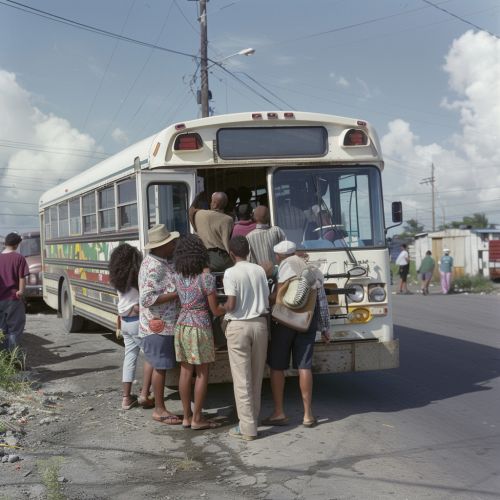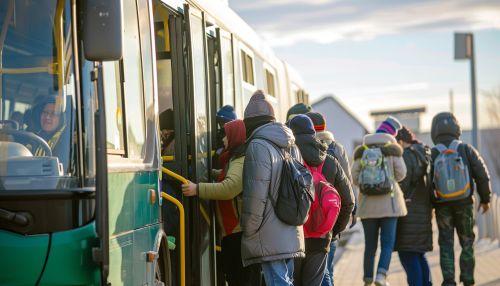Freedom Rides
Background
The Freedom Rides were a series of political protests against segregation by blacks and whites who were part of the Civil Rights Movement. The strategy was to have mixed racial groups ride buses together through the American South to challenge local laws or customs that enforced segregation in seating. The Southern states had ignored the rulings of the Supreme Court in Morgan v. Virginia and Boynton v. Virginia that segregation of interstate transportation facilities was unconstitutional. The Freedom Riders set out to challenge this status quo by riding various forms of public transportation in the South to challenge local laws or customs that enforced segregation.


Origin
The Freedom Rides were inspired by the 1947 Journey of Reconciliation, led by civil rights activists Bayard Rustin and George Houser. Like the Freedom Rides of 1961, the Journey of Reconciliation was intended to test an earlier Supreme Court ruling that banned racial discrimination in interstate travel. Rustin, Igal Roodenko, Joe Felmet and Andrew Johnnson, were arrested and sentenced to serve on a chain gang in North Carolina for violating local Jim Crow laws that enforced racial segregation.
The First Freedom Ride
On May 4, 1961, the first Freedom Ride left Washington, D.C., and was scheduled to arrive in New Orleans on May 17. The Freedom Riders aimed to desegregate public facilities along the way and expose the violent racism that persisted in the South. They hoped to provoke the federal enforcement of the Supreme Court's ruling in Boynton v. Virginia, which declared segregation in interstate bus and rail stations unconstitutional.
Violence and Arrests
The Freedom Riders were met with hostility and violence. When the Freedom Riders arrived in Anniston, Alabama, on May 14, a mob attacked them, setting their bus on fire and blocking the doors. The passengers barely escaped with their lives. In Birmingham, Alabama, another bus was met with a violent mob that beat the Freedom Riders with baseball bats and iron pipes.
The violence against the Freedom Riders was widely publicized and drew international attention to their cause. Despite the violence and arrests, the Freedom Riders continued their protest. They faced brutal beatings, imprisonment, and even a bombing.
Federal Involvement
The violent reactions to the Freedom Rides led to greater federal involvement in civil rights. President John F. Kennedy's administration, although initially reluctant to support the Freedom Riders, was forced to intervene to protect them against violence and uphold federal law. The Interstate Commerce Commission issued regulations prohibiting segregation in interstate transit terminals, which went into effect on November 1, 1961.
Legacy
The Freedom Rides were a significant event in the Civil Rights Movement. They demonstrated the power of nonviolent direct action, and they challenged and eventually changed the laws of segregation in the South. The Freedom Rides inspired subsequent civil rights campaigns, including voter registration in the South, freedom schools, and the Black Power movement.
